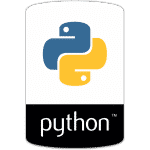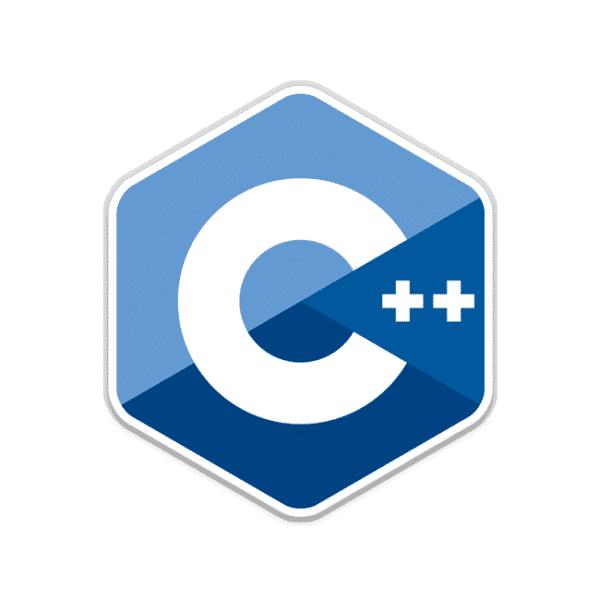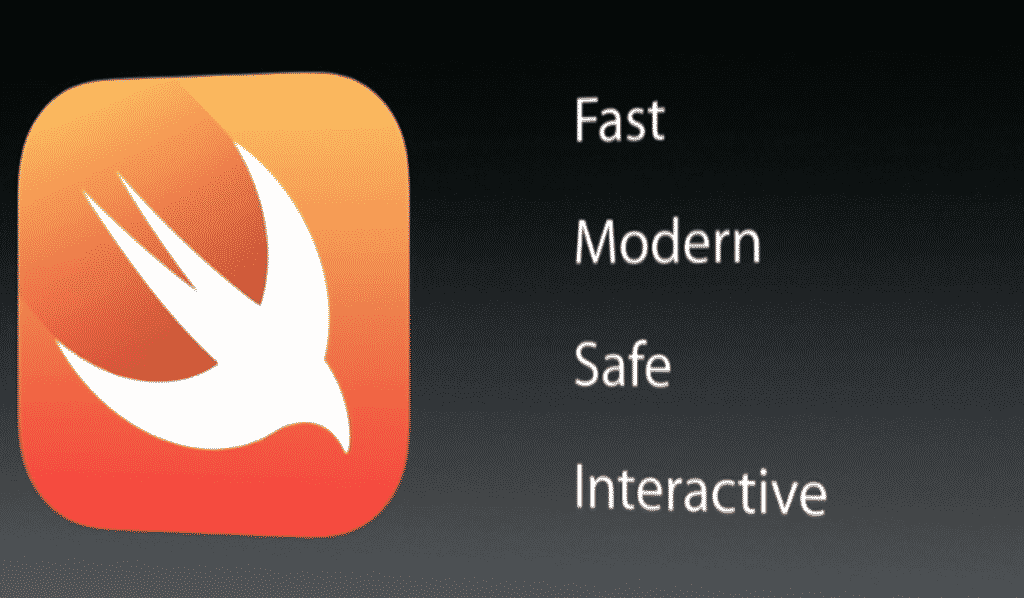Why Python?
Well, Python besides being a very simple language used to “teach high school girls to program” (no offense girls), is a powerful language in which many important projects are based due to the simplicity of the and the large number of modules in the world.
NOTE : Need someone for Python Programming Assignment Help.Well you are on right place. Get your Python Programming Assignment/Project done with in hours with all the customization’s you need. Get Programming assignment/project/homework help of any kind and any programming language from the expert programmer.
You Just need to mail me your Python Programming assignment and I will do it. Contact
Python is a programming language that is easy to learn and powerful. Have efficient data structures of high level and a solution-oriented programming simple but effective objects.Python’s elegant syntax, dynamic management types and its interpreted nature makes it an ideal scripting language (scripts) and rapid application development in many areas and on most platforms.
The Python interpreter and the extensive standard library are freely available in source or executable form, the most important platforms for web-based Python http://www.python.org , and can be distributed freely.
The same site also contains distributions and addresses of many modules, Python programs and third-party tools, and additional documentation.
It is easy to extend the Python interpreter with new functions and data types implemented in C and C ++ (or other languages it can be accessed from C). Python is also suitable as an extension language for customizable user applications. This guide introduces the reader informally the basic concepts and features of the Python language and system. It is convenient to have on hand an interpreter for experiments, but all examples are self-sufficient, so the guide can be read offline.
For descriptions of standard objects and modules, see the document reference library . The Python Reference Manual gives a more formal definition of the language. To write extensions in C or C ++, read manuals Extending and Embedding Reference and Python / C API .There are also several books on Python in detail. This guide is not intended to be exhaustive or exhausting every capacity Python, even the most commonly used. Instead, it introduces many of the capabilities that characterize Python and provides a clear idea of the style and flavor of the language. After reading it, the reader will be able to read and write Python modules and programs and be prepared to learn more about the various Python library modules described in the reference library .
Introduction

Another situation: You may have to work with several C libraries and the normal cycle C write-compile-test-recompile is too slow. You need to develop software faster. Perhaps you’ve written a program that could use an extension language well and do not want to design a language, write and debug shell and attaching to the application.
In such cases, Python may be the language you need. Python is simple, but it’s a real programming language. It offers more support and infrastructure for the large shell programs.Moreover, it also offers much more error checking than C, and, being a very high level language , including data types have high level, such as flexible arrays and dictionaries that would days of programming in C. Given its types more general data, it can be applied to a wider range of problems than Awk or even Perl , but many things are at least as easy in Python as in those languages.
Python allows you to split your program into reusable modules from other Python programs. It comes with a large collection of standard modules that you can use as the basis of your programs (or as examples to start learning Python). There are also modules included providing E / S files, system calls, sockets, and even interfaces to GUI (graphical user interface) and Tk.
Python is an interpreted language, which saves considerable time in the development of the program, it is not necessary to compile or link. The interpreter can be used interactively, making it easy to experiment with language features, disposable write programs or to test functions during development of the program bottom-up. It is also a very useful calculator.
Python allows writing very compact and readable programs. Programs written in Python are typically much shorter than equivalent C or C ++, for several reasons:
- The types of high-level data allow us to express complex operations in a single statement.
- The grouping of statements is done by bleeding (indentation) instead of begin / end or keys.
- No need to declare arguments or variables.
Python is extensible: if you already know how to program in C it is easy to add a function or module to the interpreter to perform critical operations at maximum speed, or to link Python programs to libraries that are only available in binary form (such as graphics libraries manufacturer specific). Once hooked, you can link the Python interpreter into an application written in C and use it as a macro language for that application implementation.
Incidentally, the name of the language comes from the BBC show “Monty Python’s Flying Circus” (the circus of Monty Python) and has nothing to do with nasty reptiles. Making references to Monty Python skits not only allowed: is recommended!
Let’s see Python: Python is an interpreted programming language with dynamic typing, strongly typed, object-oriented platform. Something important to note is that the indentation of the code is part of Python syntax, making it the neat and clean code, and generally being a nuisance to those who are new in.
>> Definitions
Interpreted language : An interpreted language is that it is run by an intermediary program (interpreter). Mean that the code is not compiled, but is a separate program that is in charge of interpreting the commands (lines of code) and run on the computer. This is what makes it a multiplataorma language (see below).
NOTE : Sometimes the interpreter is responsible for generating files (.pyc and .pyo) is a “compilation” (bytecode) for faster execution. Many times after editing the source code changes we noticed no effect in this case was removed to the bytecode generated new.
Dynamic Typing : This means that it is not necessary to indicate the type of data it will contain a variable.
Strongly typed : That means you are not allowed to treat or work with a variable like a different guy who has.
Multiplatform : The Python interpreter is available for multiple platforms (Linux, Windows, Unix, Solaris, DOS, Mac OS, etc).
Object Oriented Programming : This is a paradigm where the real world concepts (relevant to our problem) classes and objects in our program are moved. Objects that are created and interact with each other during the execution of the same.
Indentation : Indent the code is basically come to the right (leaving spaces or tabs) as we nesting control structures, and to the left as you come out of them.
Control structures : characteristics of a language able to manipulate the program flow (conditions, repetitions, etc.) structures.
Program flow : The flow of a program refers to the course or path taken during execution. An example of a Flow Diagram, a tool used to represent the possible paths you can take a program.
>Download Python from the official site
My First Program in Python
to run Forms
- There are two ways to run a program in Python:
Use an interactive command line – this way I use for testing, be entering the code line by line, while the interpreter is running it. - Create a file and then pass it to the interpreter – This is the most common form and usual. . A file with the name you want (must be something mnemonic, ie, to remind you to do), then the file is passed to the interpreter is created NOTE On Linux this can be done from a terminal running:
python/path/to/file.py
Look at our first program (using Linux)
- Create a new file and call him hello.py
- Enter this code in the same
print "Hello, welcome to Python."
- Save the changes.
- Open a terminal and move to the folder where the file (hola.py) is.
- Run the program by passing it interprets as follows
python hollo.py
- You should see the following
Hello, welcome to Python.
- Now edit the file again, it should look like:
# This is a comment and the interpreter ignores all this line wp-smiley emoji wp-wp-emoji-smile" title = ":)">:) print "Hello, welcome to Python." raw_input ()
- Save the changes and re-run as in step 5.
- Note that we will now see “Hello, welcome to Python.”, But the program to wait before terminating ENTER.
- Ready, and noticed that the function “print” serves to show something to the user at the terminal and “raw_input” for user information (also from the terminal).
Basic Data Types
>> Number
Integer
Whole numbers are all those (positive, negative and zero) numbers that have no decimal point or part. In Python these types can be represented by the words “int (integer, integer)” or “long (long)”. The number that can be stored depends on the platform on which the program runs on most computers int type can hold numbers between (-2 ^ 31) and [(2 ^ 31) -1]. While the long type can hold numbers of any accuracy by available memory in the machine being limited.
Example
When assigning to a variable number is assigned the type int, unless the number is too large.
integer = 23
# Type show what type is the variable in this case "int"
type (integer)
Rather, Python is used to indicate that it is of type long by adding an L at the end
integer = 23L
# Type show what type is the variable in this case "long"
type (integer)
Real
Real numbers are all those who have a coma or decimal part. In Python these numbers are represented with the word “float” and can store numbers from + – (2.2250738585072020 × 10) -308 to + -1.7976931348623157 × 10308.
Example
Consider two foramas define a real number or “float”
We wrote the whole part, a decimal point and
Real = 0.3508
We use scientific notation
Real = 0.1e - 3
That would be equivalent to 0.1 × 10-3 = 0.1 x 0.001 = 0.0001
Imaginary
These are numbers with imaginary part (if you never saw it, you probably do not need them). In fact most programming languages do not have this type of numerical data, although they are widely used by engineers and scientists.
Example
In Python complex numbers are represented
complex = 4.5 + 3.6j
Using operators with numbers
Operator Description Example
Collect + r = 3 + 2 # r is 5
- Subtract r = 3-2 # r is 1
- Denial # r r = -7 is -7
* Multiplication r = 3 * 2 # r is 6
** 2 ** exponent r = r is 3 # 8
/ Division r = 3.5 / 2 # r is 1.75
// Entire Division r = 3.5 // 2 # r is 1.0
Modulo r =% 7% 2 # r is 1
Note : If you use two integer operands, Python will assume that we want the result of the operation is an integer. If not so Python will tell two different types of operating either tell it combierta one of the operands is another type.
Example:
r = 3 / 2 # r is 1
r = 3 / / 2 # r is 1
r = 3.0 / 2 # r is 1.5
r = float ( 3 ) / 2 # r is 1.5
>> Strings
Strings in Python are nothing more than text enclosed in single or double quotes (‘string’) double (“string”). Within the quotes we use escapandolos special characters with a backslash \ for example: “Down to the next row \ n” or “Make a tabulation \ t”.
A string can be preceded by a “u” or “r” indicating whether or contains Unicode characters is a string “raw” (the English, crude).Raw type chains are widely used in regular expressions, because the interpreter does not replace the special characters, making the text TalCual you indicate.
Instance
cadena_unicode = u "AOE"
# In this case "cadena_raw bears" no "newline" but the text "\ n"
cadena_raw = r "\ n"
Some notes
also can define triple quoted strings, so that line breaks and quotes that entered were not respected.
Example
string1 = "" "Title
'First' line
"Second" Line
Third line
"" "
string2 = '' 'Title
'First' line
"Second" line
Third line
'' '
# Show the contents of string1
print string1
# Will show a new line (commonly called a 'ENTER')
print "\ n"
# Show the contents of string2
print string2
Thus we would see if we execute this code:
Title 'First' line "Second" line Third line Title 'First' line "Second" line Third line
>> Boolean
A Boolean value (bool) is more than simply True (True) or False (False). It is also the result of expressions where relational operators are used.
Relational Operators
Operator Description Example
== B are equal? r = 5 == 3 # r is False
! = B are they different? r = 5! = 3 # r is True
<Are is less than b? r = 5 <3 # r is True
> Are is greater than b? r = 5> 3 # r is False
<= A is less than or equal to b? r = 5 <= 5 # r is True
> = A is greater than or equal to b? r = 5> = 3 # r is True
Operators to work with Boolean values
Operator Description Example
and do they meet and b? True and False r = r # is False
meets or is it b? r = r True and False # True
Disclaimer not ar = # r is not True False


